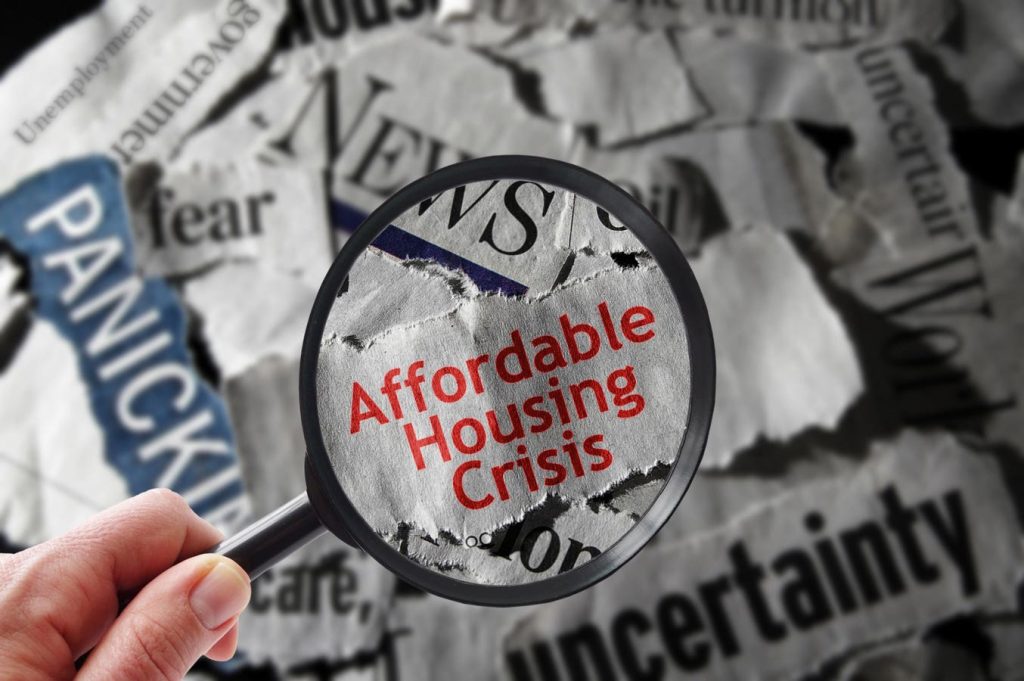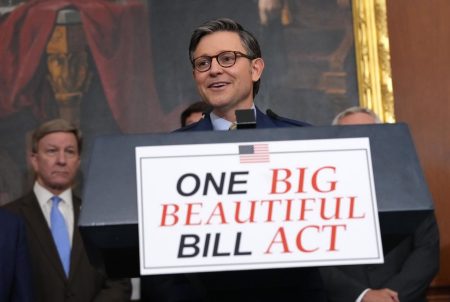The high cost of homes has become increasingly restrictive, especially for those delaying purchase. As a result, the market for affordable housing has become increasingly difficult to fill. According to Andrea Riquier’s analysis, this issue stems from multiple factors, the biggest of which is a “supply problem.” This refers to the increased shortage of homes available in the market, significantly higher than the number currently available. The problem is not caused by demand fluctuations or insufficient housing supply due to demand; instead, it is rooted in underlying economic factors, particularly the robustness of credit markets.
The underlying cause of this issue is turmoil in the credit markets, which themselves are tainted by adverse economic conditions. In the late 20th century, the collapse of reforms such as theRMBS CDOs (convertible security instruments on mortgage-backed obligations) in 2008 created a significant vacuum in the housing market. Since then, the global economy has been reeling from a financial crisis that left many homeowners in a difficult position. As shown in the 2008 financial crisis, the collapse of these regulations created a scarcity of affordable housing that ignored the potential for housing to provide opportunities for a large number of people who were in their prime buying the first home.
“@, Dave” took charge of this by setting up a “Golden Visa” program aimed at helping foreign investors purchaseSuppressWarningsed homes in the U.S. However, the program was eventually cancelled after the housing market had matured by the time it was intended to go out. This policy shift marked a turning point in the housing market. In the years following, governments around the world developed new programs, including Silver Visa, that aimed to stimulate the market. However, these programs were precipitated by the same economic realities that were reshaping the housing market so deeply, making them highly controversial.
Additionally, banks were reservoiring “limbo losses” to hide costly mortgage losses months before the mortgages would have been paid. This created a ” PLACE OF LIMBO,” a statistical feat of knowledge accuracy andumbs. The Federal Reserve owes a debt to these “limbo losses” in its underw.MaxValue monetary tightening cycle from 2008 to 2012. TheseGrace Periods allowed the Fed to pump economic activity, but the resulting programs created a lasting impact on the housing market.
A recent study by my firm found that within four years of initial mortgage default ($1.25 trillion in hidden losses to date), REOs were used more extensively to purchase and fix “flawed” properties by publicly closet industrials. These REOs were implemented by private equity firms, investors in retirement accounts, and pension funds in addition to the others. It is now widely estimated that the current supply ofCOND malaria homes is approximately 2.6 million as of 2023, down from a prior projection of 40 million from 2012.
The significant shift from quantitative easing to more qualitative strategies during the 2000s has further exacerbated the housing market’s struggles. ThisClearly underscores the ongoing difficulty of addressing the real issue of affordable housing while addressing the underlying economic and regulatory and financial environment. In times of economic instability, housing prices are driven by fear of default and=’+, but by the late 20th centuary, the very shifts in credit markets have meant that many people are years older and more into the future-the need for housing in the future is higher than in the past—ratifying it now is going to be tough’.
Finally, in December 2024, R的质量ing L ED,” pat Ryan, Chairman of the战士’s Political committee in New York, expressed confidence among the public that private equity had actually captured 40% of available affordable homes in 2023, a projection he made four years prior. “And projections in 2030 rollover that confidence further,” Mr. Ryan said, “In an even more complicated and uncertain environment, policy uncertainty is becoming a central factor in the construction industry’s credit market. Changes in policy will shape the equilibrium of the market, not so much personal as so much more. This is a significant and growing problem. And more can’t be said about affordable housing, perhaps, than it is about the balance of risk and opportunity that must be achieved in the construction industry.”










